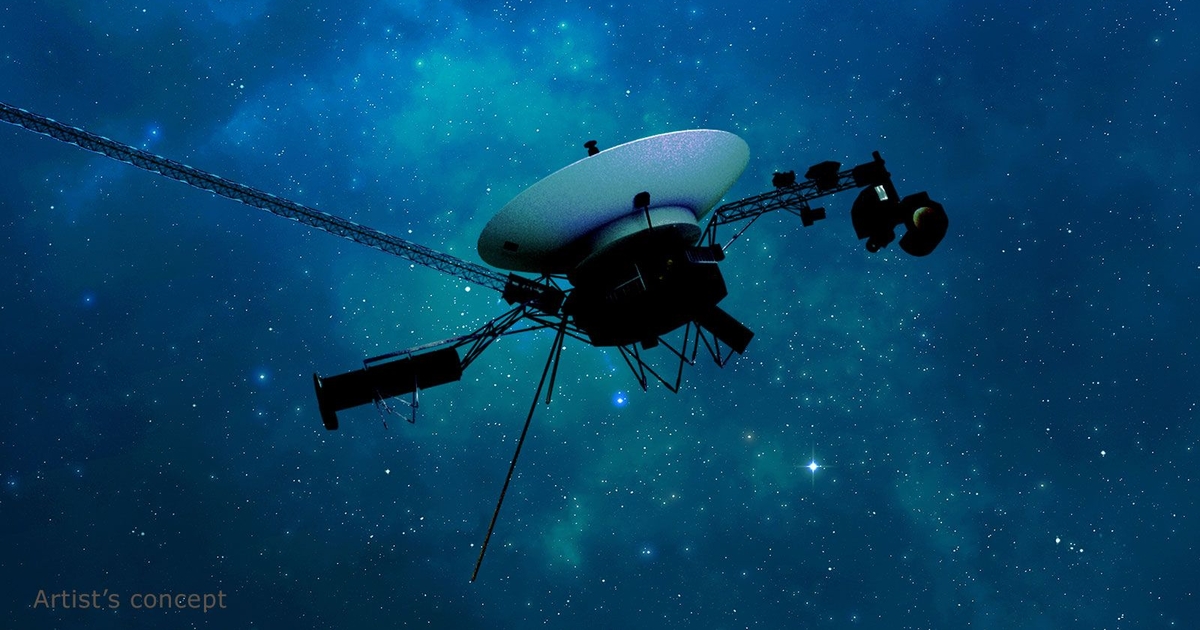Let it be said, the American space agency (NASA) is not abandoning its old probes. It has in fact decided to send a corrective patch to Voyager 2 in order to slightly correct its rotation activity, in order to counter a wear phenomenon coming from fuel residues accumulated inside the narrow tubes of some of the thrusters. of the probe. These are called upon at each new rotation, necessary to keep the antenna of the machine perfectly oriented towards the Earth.
Software update at 24 billion miles
NASA therefore decided to send “correctives” in September and October, in the form of software patches intended to modify the operation of the attitude and articulation control subsystem (AACS) in order to continue to be able to correctly orientate towards Earth and thus communicate with the Americans. The idea is to be able to correct the rotation of the thrusters by approximately one degree. A first check of their proper functioning must take place on Saturday October 28. If all goes well, the Voyager 1 probe will benefit from the same treatment.
The risk of losing everything
These adjustments are supposed to extend the lifespan, although there is a real risk of permanently losing contact. First, we must understand that this is a technological feat since the Voyager 1 and 2 probes are now respectively 24 and 19 billion kilometers from Earth, in interstellar space, where never before no other probe has ever been. Even at the speed of light, the operation took nearly 18 hours for Voyager 2. This operation is perilous, because in the worst scenario, it could erase all or part of the original code of the probes. In the best case scenario, this small update could extend the activity of the two probes by at least five years.
The advantage of maintaining contact with machines that explore still unknown places is to be able to send scientists valuable data.
